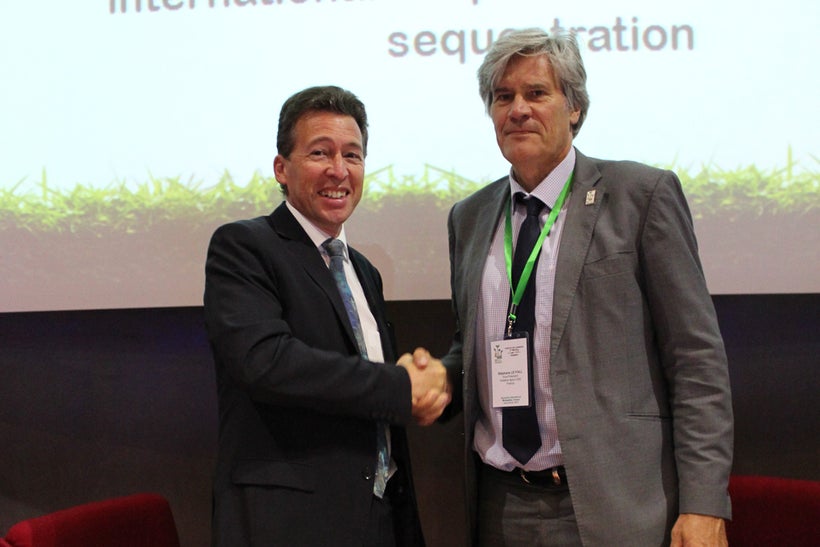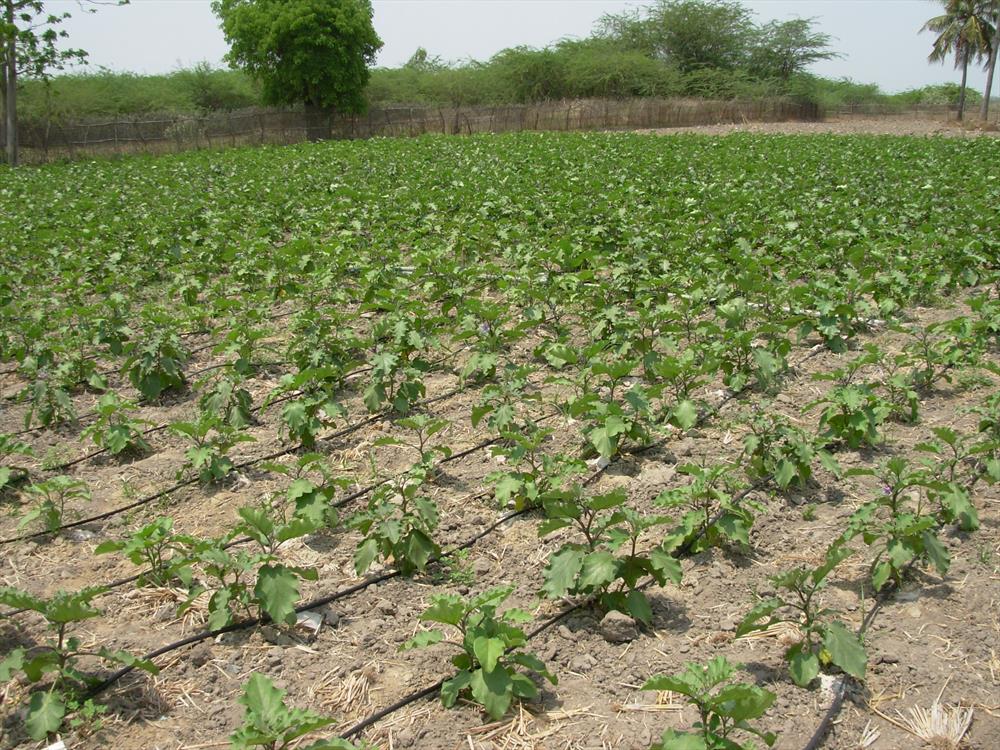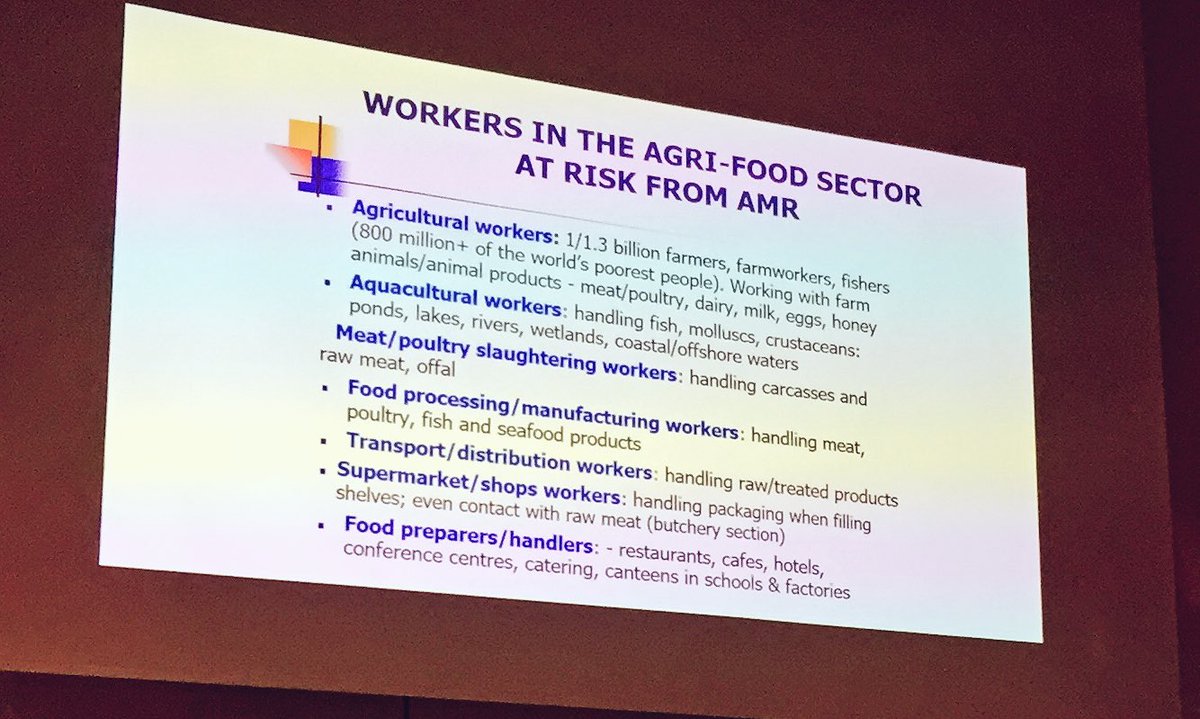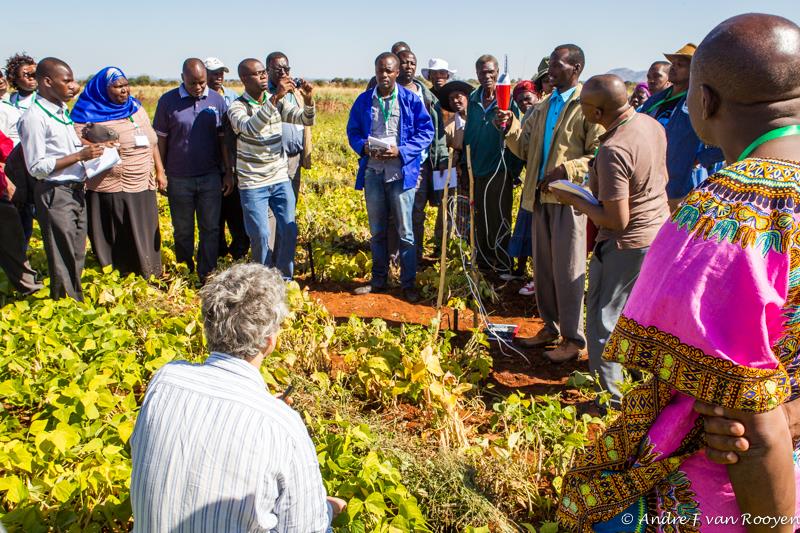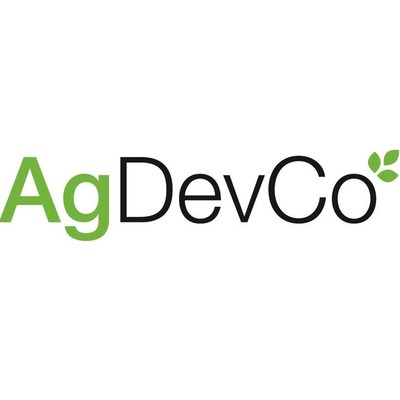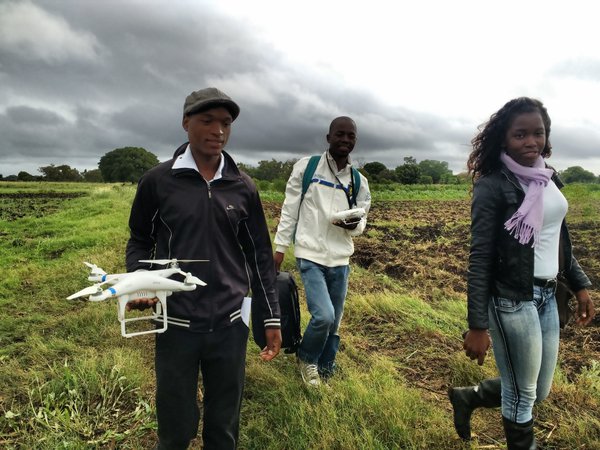31 August 2017. Information and Communication Technology (ICT) tools such as videos promoted to enhance farmer access to information to influence change in farming practices need to be situated in social learning processes. Farmers learn and innovate through social learning characterized by exchanges amongst farmers to contextualize knowledge and adapt technologies for relevance.
This study assessed how a video-mediated extension approach (VMEA) triggers social learning to enhance innovation among rice farmers in Uganda using experiences of a Non-Government Organization, Sasakawa Global 2000 (SG 2000). A cross-sectional study was conducted among 100 farmers subjected to VMEA by SC 2000 in Kamwenge district. Semi-structured interviews, focus group discussions (FGDs), field observations and key informant interviews were used to collect the quantitative and qualitative data. Quantitative data were analyzed using Statistical Package for Social Sciences (SPSS) while thematic analysis was applied to the qualitative data.
Results indicate that inherently, videos trigger conversational exchange between farmers including those who do not watch the videos. These interactions enable collective reflection, evaluation and validation of knowledge, which in turn motivate experimentation. In this study, videos significantly enhanced awareness, knowledge acquisition, uptake of technologies and innovation among rice farmers. However, the potential of videos in influencing farmer knowledge and behavioral change can be further exploited if the users can produce contextualized videos of farmer practices and innovations for dissemination. Among other things, effective use of videos in extension requires excellent skills in facilitating social learning processes; and video documentation of farmer practices and innovations to aid scaling up and deepening learning.
For more details, please find the full publication at How farmer videos trigger social learning to enhance innovation among smallholder rice farmers in Uganda
You can find other publications that you may find of interest on the subject of using videos in agricultural extension at Publications.
This study assessed how a video-mediated extension approach (VMEA) triggers social learning to enhance innovation among rice farmers in Uganda using experiences of a Non-Government Organization, Sasakawa Global 2000 (SG 2000). A cross-sectional study was conducted among 100 farmers subjected to VMEA by SC 2000 in Kamwenge district. Semi-structured interviews, focus group discussions (FGDs), field observations and key informant interviews were used to collect the quantitative and qualitative data. Quantitative data were analyzed using Statistical Package for Social Sciences (SPSS) while thematic analysis was applied to the qualitative data.
Results indicate that inherently, videos trigger conversational exchange between farmers including those who do not watch the videos. These interactions enable collective reflection, evaluation and validation of knowledge, which in turn motivate experimentation. In this study, videos significantly enhanced awareness, knowledge acquisition, uptake of technologies and innovation among rice farmers. However, the potential of videos in influencing farmer knowledge and behavioral change can be further exploited if the users can produce contextualized videos of farmer practices and innovations for dissemination. Among other things, effective use of videos in extension requires excellent skills in facilitating social learning processes; and video documentation of farmer practices and innovations to aid scaling up and deepening learning.
For more details, please find the full publication at How farmer videos trigger social learning to enhance innovation among smallholder rice farmers in Uganda
You can find other publications that you may find of interest on the subject of using videos in agricultural extension at Publications.




